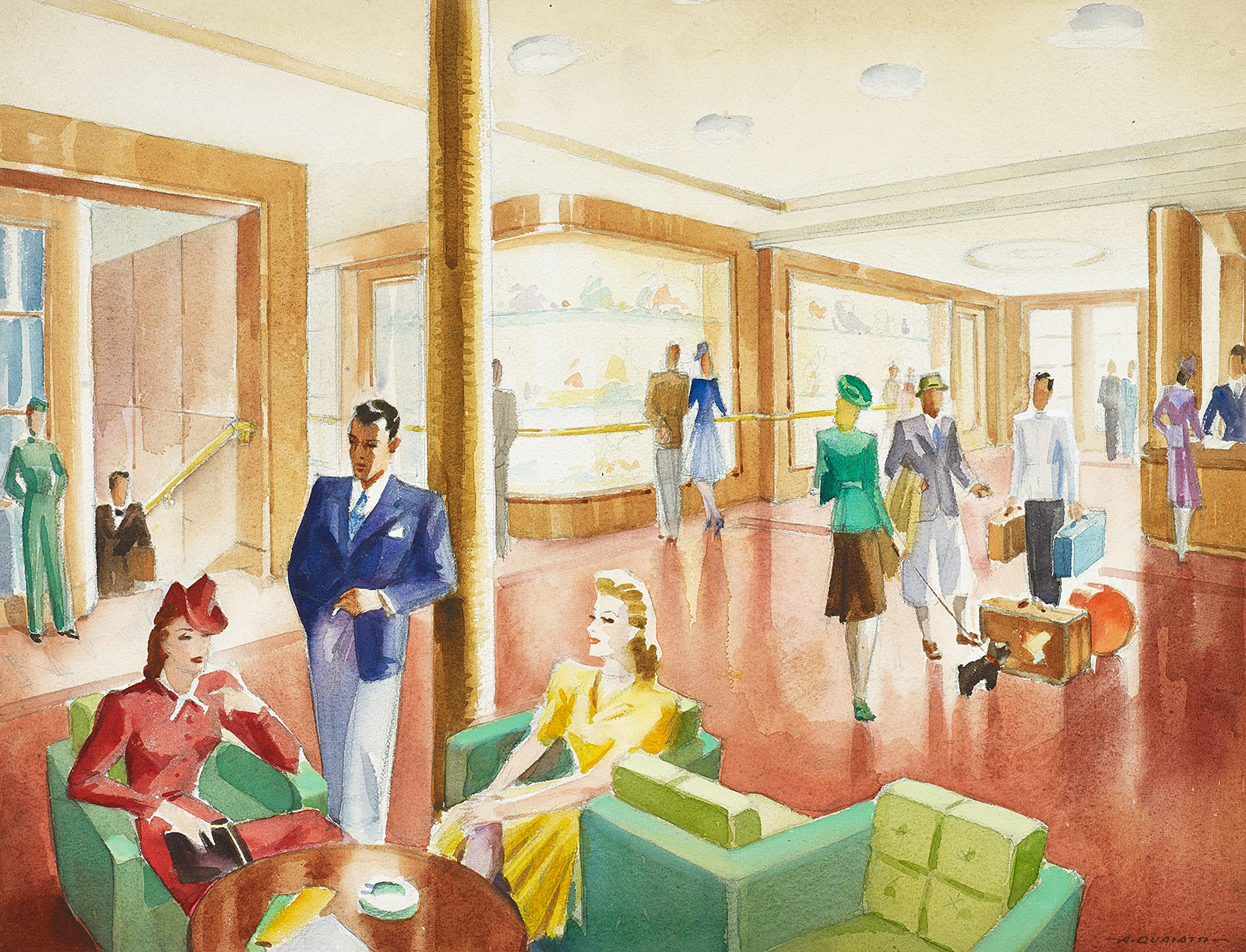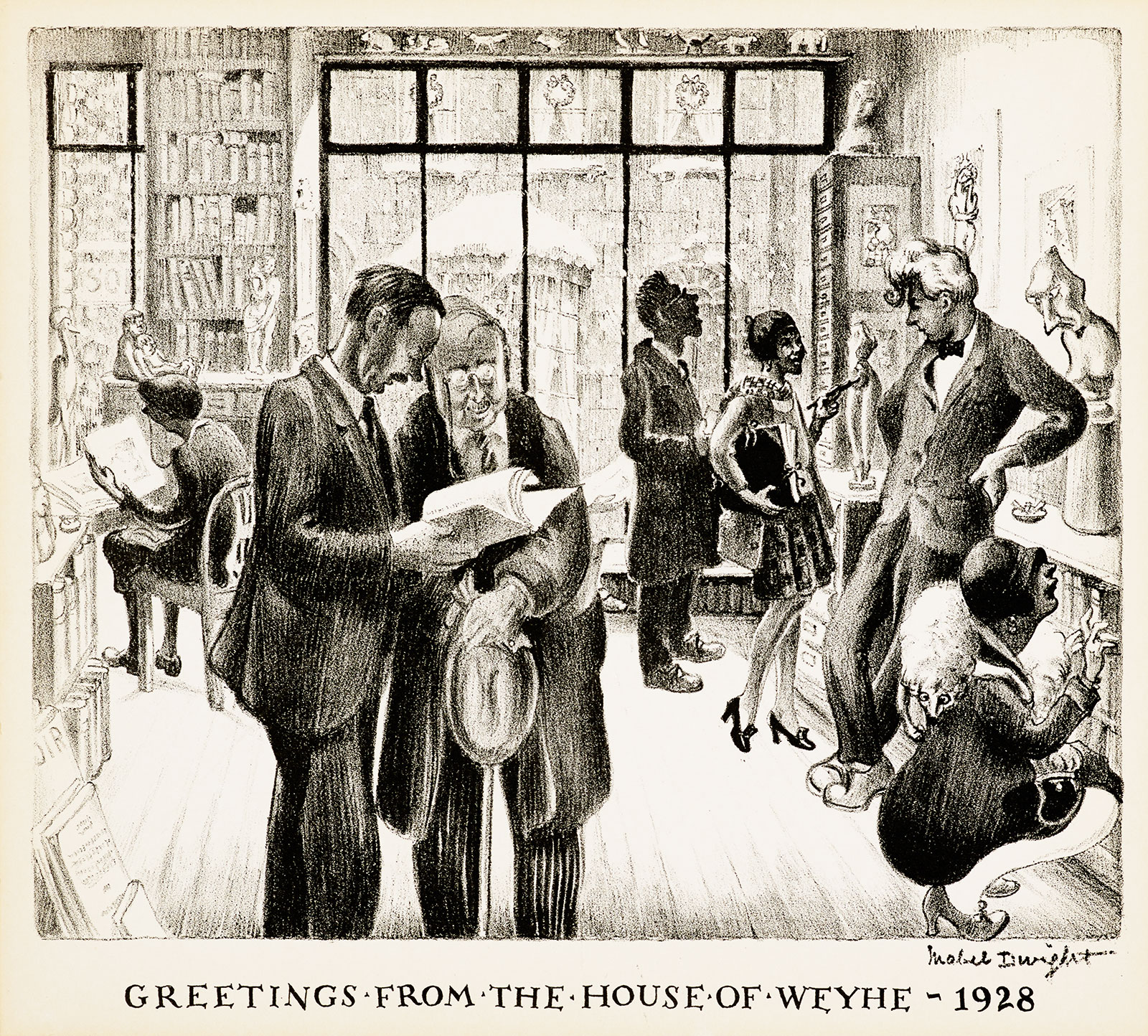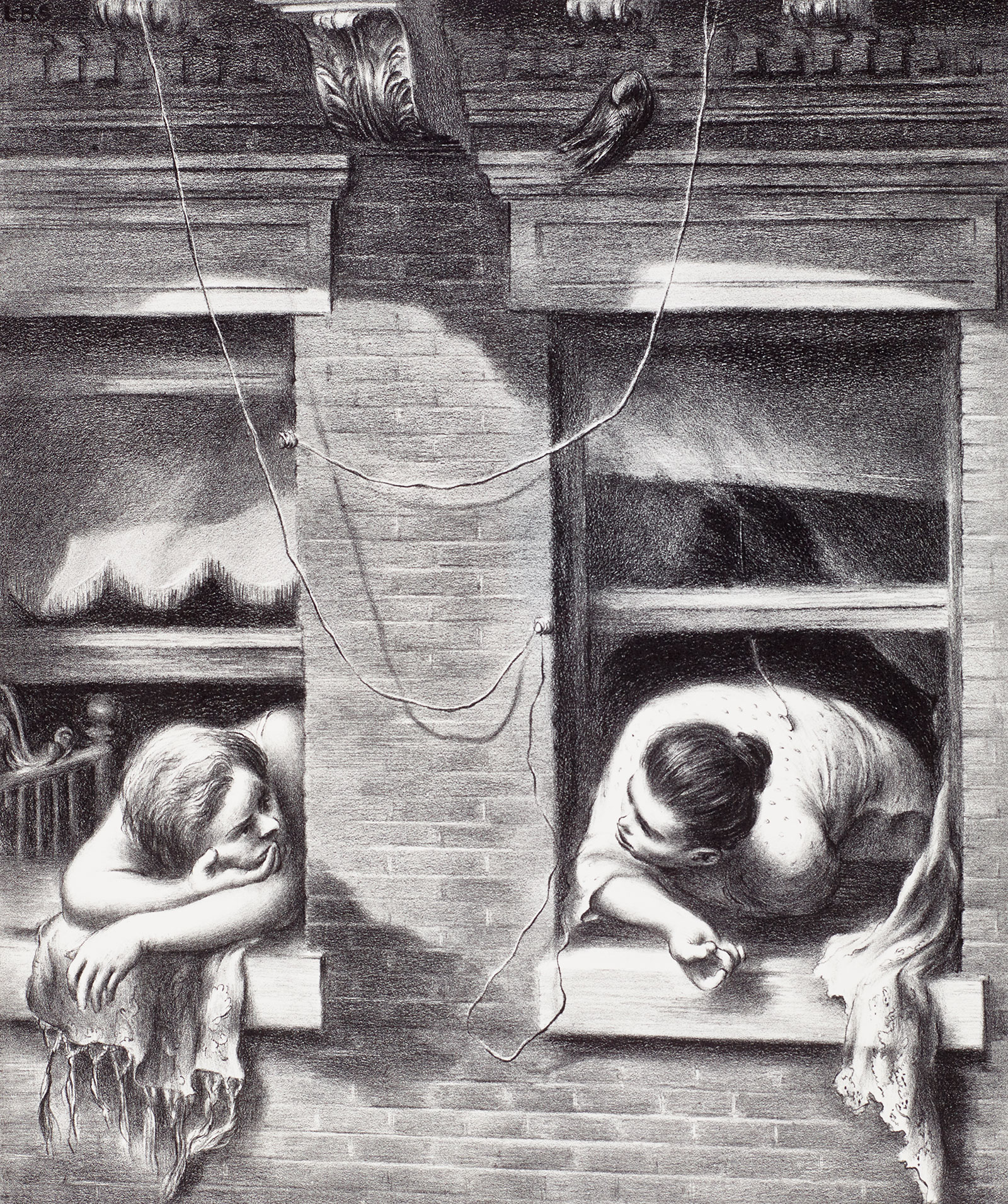February 22, 2021
By Isabel Brador, digital assets + collection data manager, and Shoshana Resnikoff, curator
Good conversation is equal parts stimulating dialogue, riveting storytelling, and personal musings. A conversation with Mitchell "Micky" Wolfson, Jr. has all these elements, plus a little something extra: a sense of joyful mischief.
As Wolfsonian staff developed Dial M for Micky, a John S. and James L. Knight Foundation-supported interactive experience (see earlier blog posts 1 and 2), we were looking to capture the delightful twists and turns of chatting with our charismatic founder. We wanted to help users feel as though Micky was speaking right to them, offering a peek at what makes him tick. But how could we make sure that pre-recorded audio clips sounded inviting, organically generated, and most importantly, interesting? The answer is a mix of user testing, technology, and Micky's own special je ne sais quoi.
Top of mind during the entire development process was how to capture and retain the user's attention—after all, there's nothing worse than being stuck in a boring back-and-forth. Based on visitor surveys and user-testing interviews, we learned the topics and questions that visitors were most eager to hear Micky address. The list we compiled contained heavy hitters, for example "Why do you collect objects with difficult pasts?" (a question that made it into the final iteration of the project), and classic ones like "What's your favorite restaurant?" (a surprising number of visitors were curious about where Micky eats lunch).

Before turning to Micky for new content, we tested the questions using audio clips from past interviews. In letting visitors have a "conversation" with Micky, we uncovered some fascinating findings: though visitors had told us they wanted to know more about specific objects, most testers turned out to be far more enthused by the whys and hows that fueled his decades of collecting. With this new revelation, we set out to interview Micky and answer the questions visitors were most excited about.
We opened our interview with a plate of out-of-the-oven, fresh, homemade chocolate chip cookies—Micky's favorite. This immediately prompted him to explain that chocolate chip cookies were excellent metaphors for museum collections. The ensuing two-hour interview was just as surprising; we learned about Micky's favorite object (spoiler: he doesn't have one), his love of animals (he once had two dogs, Jack and Jill), and his laser focus on what objects reveal about the people who used, created, and purchased them. Each question was a window into the mind that formed the museum's collection and the ethos that makes it all fit together—exactly what our visitors had ordered!
But with the interview over, the hard part was just beginning: editing Micky. Comically verbose (he does it on purpose), Micky is a creative, circular conversationalist who believes in packing in more words to get his point across. A wonderful quality for a face-to-face sit-down, his linguistic flair can get lost in the more structured and impersonal setting of a museum interactive. Moreover, in our testing we had learned that the optimal length for an audio clip was about 45 seconds to 1 minute. Anything shorter left visitors feeling dissatisfied, and anything longer caused eyes to glaze over. Yet even after identifying the ideal clip length and the most engaging topics, the audio experience was lacking. What were we missing?

We had noticed something funny in our testing: despite knowing that the rotary phone they were using was fake, our users regularly covered the mouthpiece when they wanted to give a comment to a staff member (so that "Micky" wouldn't hear them at the other end of the line) and would end the "call" by pressing down on the receiver. Those ingrained, muscle-memory phone habits made us realize that we needed more telephonic qualities to create the realism we were aiming for. Using audio-editing software, we added sound effects: a ringing tone prior to each clip, a click for when the receiver was "picked up" by Micky, and a different click for when he "hung up."
The illusion of a working telephone achieved, we then worked on capturing the nuance of conversation, with varying degrees of success. During our interview we had Micky record 10 different greetings. While the greetings conveyed Micky's warmth and at times quirky sense of humor, we learned that visitors found the greetings confusing—after all, weren't they theoretically in the "midst" of talking with him? It was especially frustrating for polite visitors who instinctively tried to greet him back. We also learned that proper timing in between the end of Micky speaking and the sound of the phone hanging up was key. If the click followed too quickly after Micky, testers perceived him to be rushing or hanging up on them. Waiting too long to introduce the click of the receiver, meanwhile, made for an awkward pause, or visitors missing the sound effect entirely.
Having edited and packaged our content, we turned to accessibility. We were keen to have the audio transcribed for visitors who experienced auditory impairment. This exercise proved to perform double-duty, since our pre-pandemic plan was to install the interactive as a payphone in the lobby, which meant lots of foot traffic and echoes, making a transcription particularly useful. We also wanted as many visitors as possible to experience Dial M in their native language. Through the visitor surveys we learned that Spanish and French were the most common primary languages spoken among our visitors after English. Because the tone and feel of Micky's voice was of paramount importance in this project, we compromised by translating the transcriptions; this way, visitors can hear his cadence and the warmth of his voice while reading along in a language they understand. It also made creating a digital version easier—something we were extra thankful for when COVID delayed our payphone plans—and further widened the number of users who could "converse" with Micky.
This last idea is what this project has been about since the beginning: fostering a dialogue between our visitors, our collection, and our founder. Dial M for Micky is a testament to the power of art and collecting and a tribute to the connection we feel with another person as we hear their stories and life experiences in their own voice. Take it for a spin now; we hope you enjoy the exchange!

